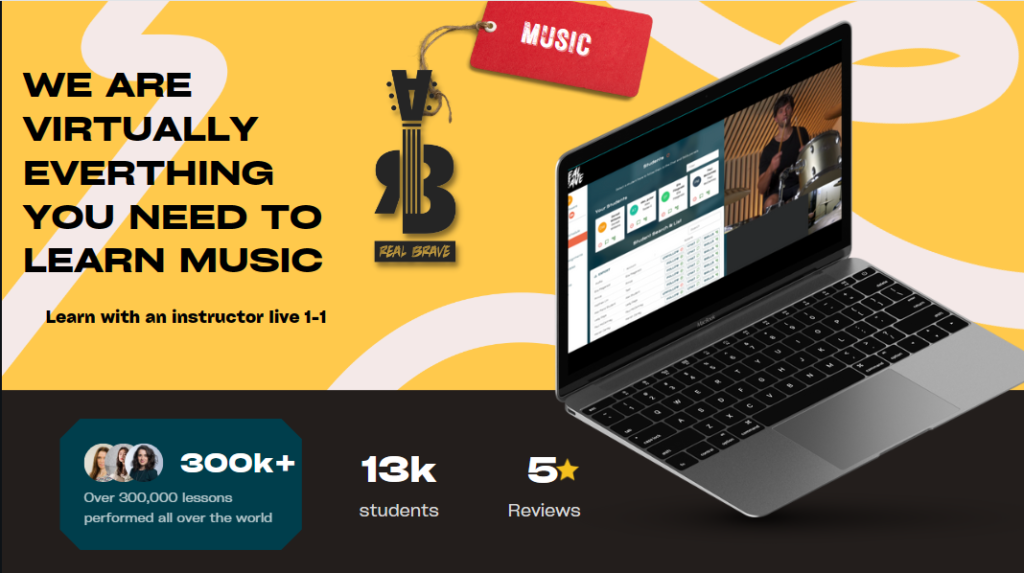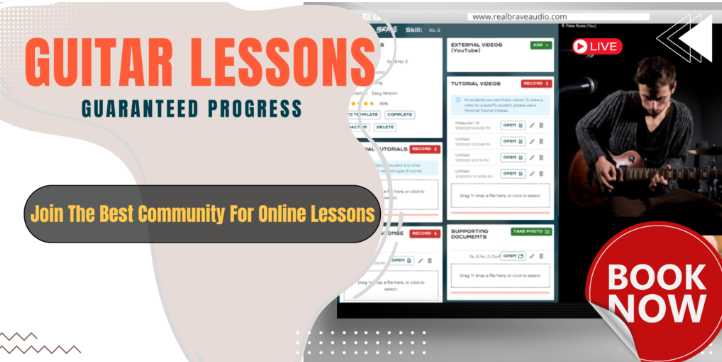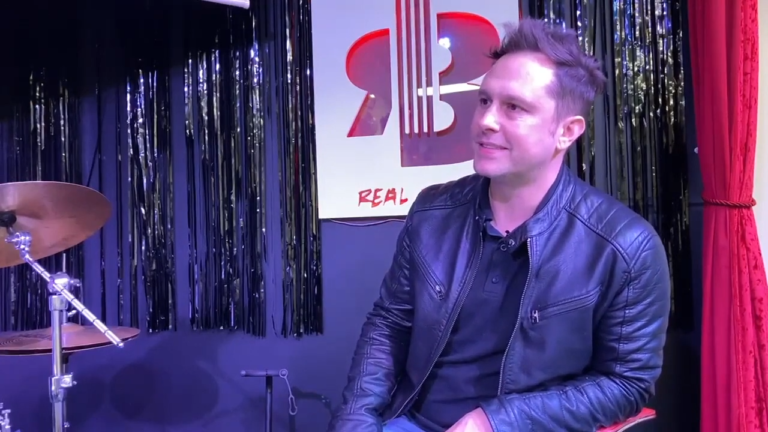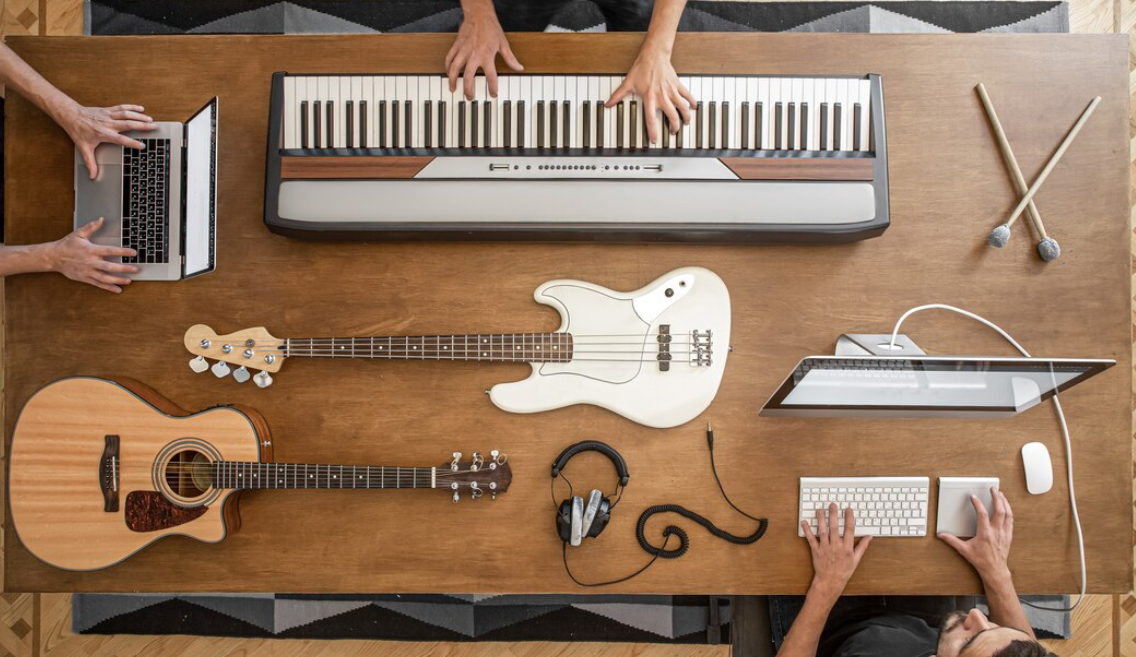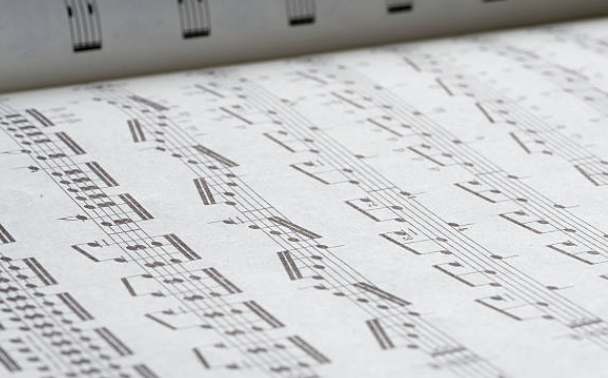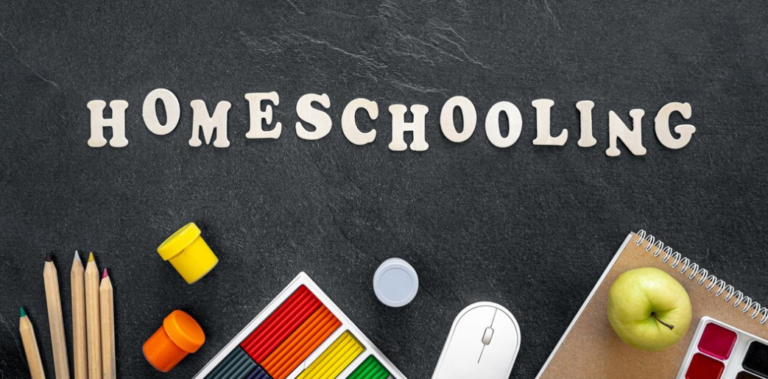Understanding Guitar Tabs: How to Read and Play Your First Song
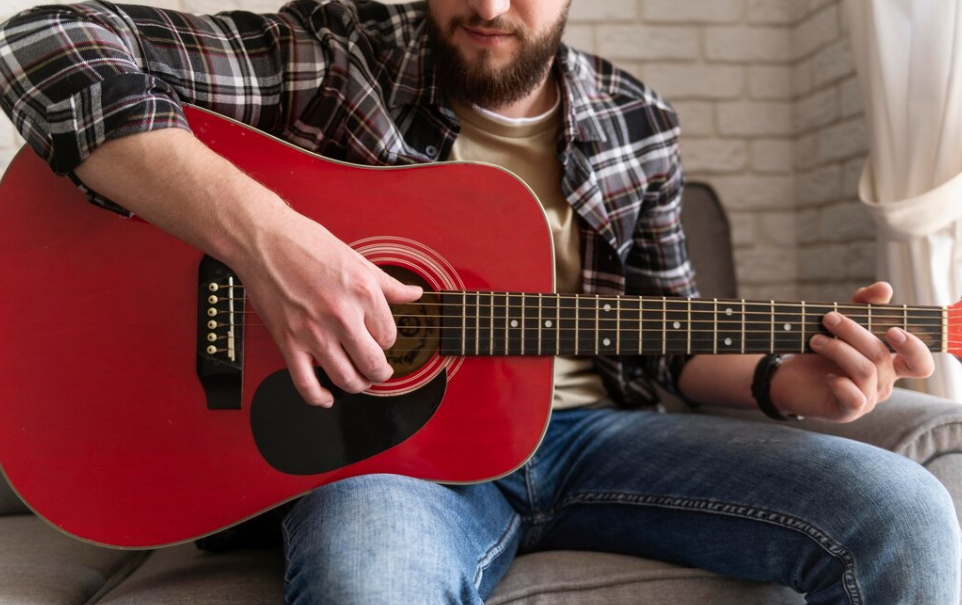
If you’re a beginner guitarist, you’ve probably heard of guitar tabs (or tablature), but maybe you’re not sure how to read them. The good news is that guitar tabs are one of the simplest ways to learn songs, even if you don’t know how to read standard music notation. In this guide, I’ll explain how to read guitar tabs step-by-step and help you play your first song.
What Are Guitar Tabs?
Guitar tabs are a form of musical notation that show you where to place your fingers on the fretboard rather than which notes to play. Instead of traditional sheet music, which requires a deeper knowledge of musical theory, tabs are designed specifically for guitarists, making it easier to pick up and play songs by sight.
The Basics of a Guitar Tab
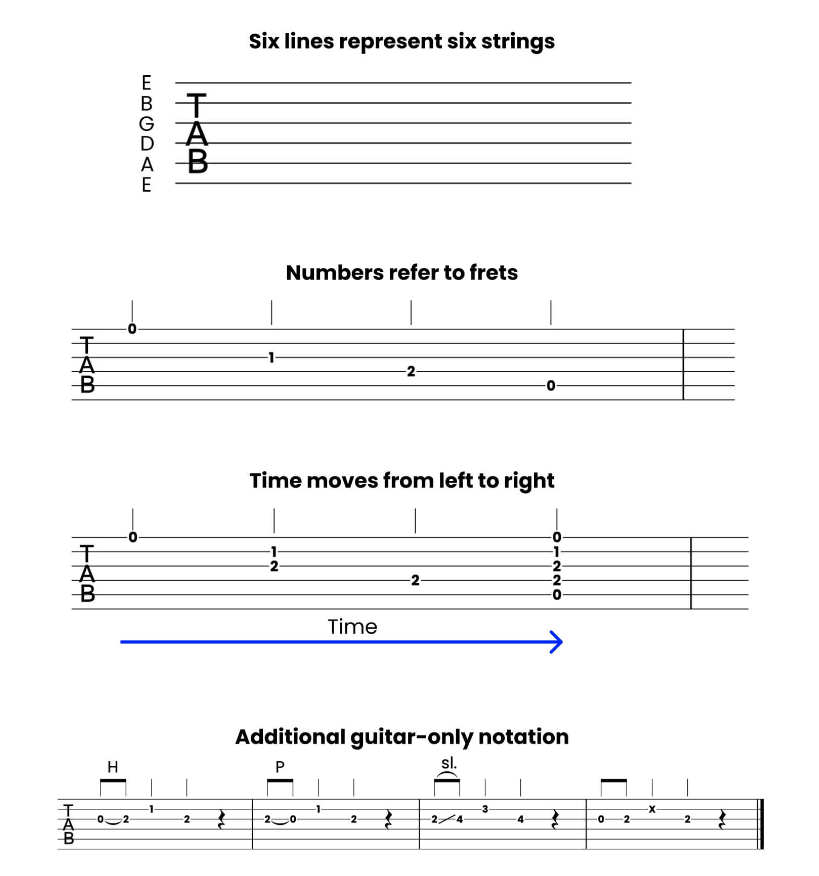
Here’s what a typical guitar tab looks like:
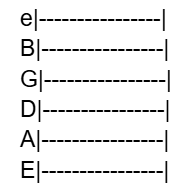
Each of the six lines represents one of the six strings on your guitar. The top line is the high E string (the thinnest string), and the bottom line is the low E string (the thickest string). The numbers you’ll see on these lines correspond to the frets you need to press.
Understanding the Numbers
In tabs, numbers tell you which fret to press on a particular string. For example:
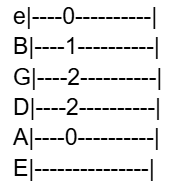
In this example, you’re playing a basic A minor chord. Here’s how it works:
- The “0” on the A string means you’ll play the string open, without pressing down any frets.
- The “2” on the D and G strings means you’ll press down on the second fret of those strings.
- The “1” on the B string means you’ll press down on the first fret.
- The “0” on the high e string means you play it open.
When you strum this, you’ll hear a nice A minor chord!
Playing a Simple Melody
Now, let’s try playing a simple melody using tabs. Below is the opening of “Twinkle Twinkle Little Star.”
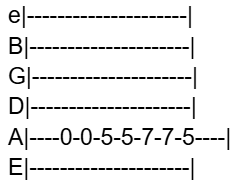
Here’s how to read it:
- Start by playing the open A string twice (0-0).
- Then press the 5th fret on the same A string and play it twice (5-5).
- Press the 7th fret and play it twice (7-7).
- Finally, go back to the 5th fret and play it once (5).
Congratulations! You’ve just played the first part of “Twinkle Twinkle Little Star.”
Reading Chords in Tabs
In some cases, you’ll encounter numbers stacked on top of each other. This means you’re playing more than one note at the same time—in other words, a chord. Here’s an example of a G major chord:
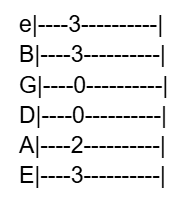
This tells you:
- Press down on the 3rd fret of the high e and B strings.
- Play the G and D strings open.
- Press the 2nd fret on the A string.
- Press the 3rd fret on the low E string.
Now strum all the strings together to play the G major chord.
Timing and Rhythm in Tabs
One limitation of guitar tabs is that they don’t tell you the exact rhythm. However, most tabs are written out in a way that helps you understand the timing just by the spacing of the numbers. The closer the numbers are, the faster you play the notes.
For example:

You would play each note with some space in between, but if the notes were written like this:

The closer grouping suggests a quicker rhythm.
If you’re following along with a song, listening carefully to the timing will help you get the rhythm right.
Putting It All Together: Your First Song
Let’s take everything you’ve learned so far and try a simple song: “Smoke on the Water” by Deep Purple. It’s one of the easiest and most iconic riffs to start with:
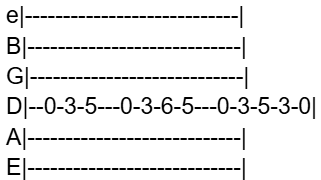
Here’s how to play it:
- Start by playing the open D string (0).
- Then press the 3rd fret on the D string (3) and then the 5th fret (5).
- Repeat that pattern, moving up to the 6th fret, and back down again.
That’s it! With just a few notes, you can now play one of the most famous riffs in rock history.
Tips for Reading and Practicing Tabs
- Start Slow: When you’re learning a new song from tabs, play it slowly at first. Once you’re comfortable, you can speed up.
- Listen to the Song: If you’re unsure of the rhythm, listen to the song to get a feel for how the notes should be spaced.
- Practice Chords: Tabs aren’t just for single notes—many songs will require switching between chords, so practice chord transitions along with your note reading.
- Use a Metronome: This will help you stay on beat as you play through the tabs.
- Be Patient: Learning to read and play guitar tabs might seem tricky at first, but with regular practice, it becomes second nature.
Conclusion
Guitar tabs open the door to learning songs quickly without needing formal music theory knowledge. With just a bit of practice, you’ll be able to read any tab, whether it’s a simple melody or a full song. Now, grab your guitar and try out the examples above. You’ll be playing your favorite tunes in no time!
Interested in taking your guitar skills to the next level? Click the below and book a free lesson with us! We’re committed to helping you express yourself freely on the guitar without endless scales and theory. Happy playing!
Author: Daniel Powers Jr, the founder of Real Brave™, serves as the chief inspiration to thousands of students in the Real Brave music instruction program. He’s also the visionary behind PracticePad™, an online platform for live one-on-one online music lessons, lesson tracking, and scheduling. Beyond his entrepreneurial pursuits, Daniel leads a non-profit organization that provides formerly homeless children with access to music education, making a profound impact on their lives. His unwavering dedication to music, innovation, and education continues to inspire individuals to reach their fullest potential while creating positive change in communities. Follow Real Brave on all the socials:
youtube.com/@realbraveinc
twitter.com/realbraveinc
https://www.tiktok.com/@realbraveinc
instagram.com/realbraveaudio
facebook.com/realbraveinc
